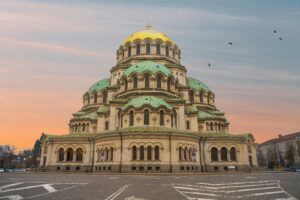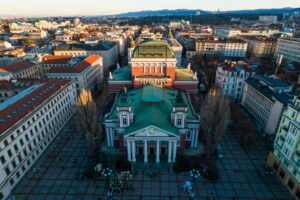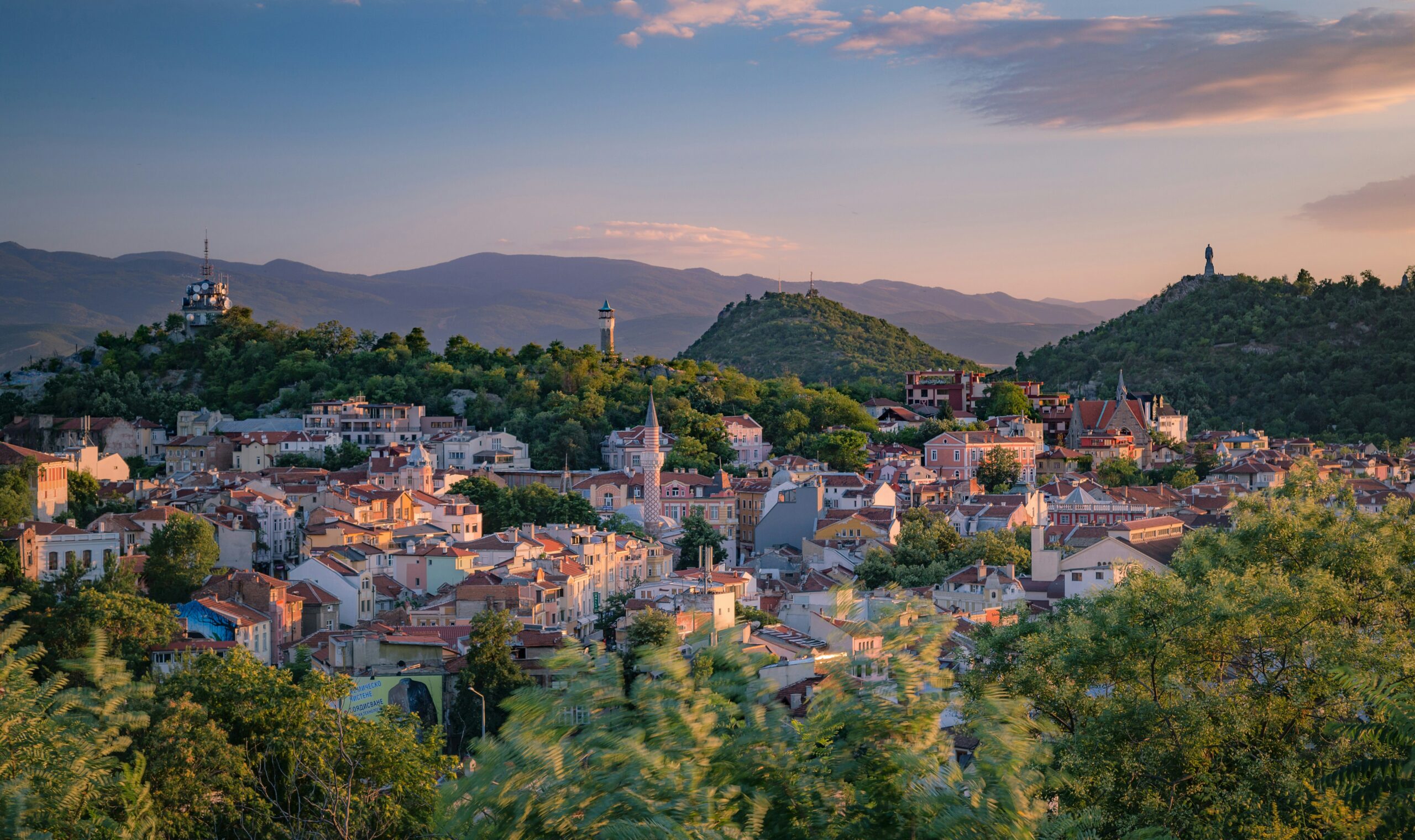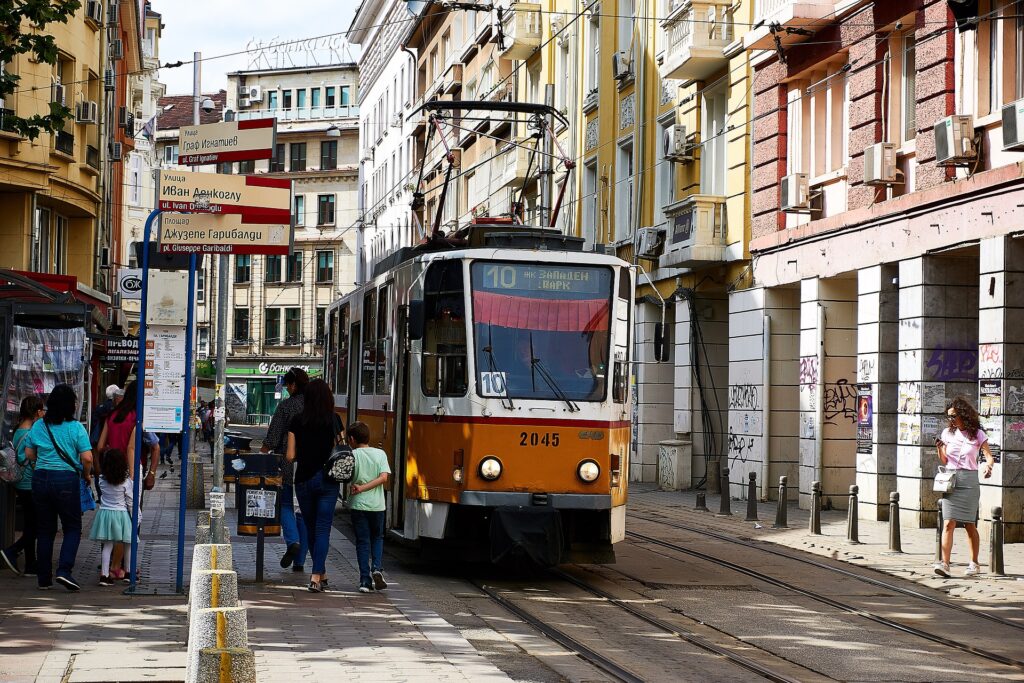Bulgaria
Bulgaria is a country with a rich historical heritage and diverse natural landscapes. It is located in southeastern Europe on the Balkan Peninsula. Bordered by Romania to the north, Serbia and North Macedonia to the west, Greece and Turkey to the south, and the Black Sea to the east, Bulgaria has a strategic position that has made it a crossroads of various civilizations over the centuries. With a population of approximately 7 million, Bulgaria is a member of the European Union and NATO, playing a vital role in the region’s political and economic landscape.
Historical Background
Bulgaria’s history dates back to ancient times, with the Thracians being one of the earliest known civilizations to inhabit the region. The Thracians were skilled in metallurgy and left behind significant cultural artifacts, including the famous Thracian gold treasures. The region later became part of the Roman Empire, during which time it flourished as a center of trade and culture.
In 681 AD, the First Bulgarian Empire was established, marking the beginning of Bulgaria as a significant political and cultural power in Europe. This period saw the adoption of Christianity in 865 AD and the creation of the Cyrillic alphabet by Saints Cyril and Methodius, which is still used today in Bulgaria and other Slavic countries. The Second Bulgarian Empire, founded in 1185, was a golden age for Bulgarian art, literature, and architecture, with the city of Veliko Tarnovo serving as the capital and cultural hub.
Bulgaria fell under Ottoman rule in the late 14th century, a period that lasted nearly 500 years. The country regained its independence in 1878 after the Russo-Turkish War. The 20th century was marked by periods of monarchy, communism, and eventually the establishment of a democratic republic in 1990, following the fall of communism in Eastern Europe.
Cultural Heritage and Arts
Bulgaria’s cultural heritage is a unique blend of Thracian, Slavic, and Byzantine influences. The country is known for its Orthodox Christian traditions, with numerous monasteries, churches, and icons that date back to medieval times. The Rila Monastery, a UNESCO World Heritage site, is one of the most significant cultural and spiritual symbols of Bulgaria, renowned for its stunning frescoes and architecture.
Folk music and dance are integral parts of Bulgarian culture. The country’s folk music is characterized by its complex rhythms and harmonies, with traditional instruments such as the gaida (bagpipe) and kaval (flute) playing a central role. Bulgarian folk dances, or horo, are performed at festivals and celebrations, with each region having its distinct style and costume.
Bulgaria has also made significant contributions to the world of literature, particularly during the National Revival period in the 19th century. Writers and poets like Ivan Vazov and Hristo Botev played crucial roles in awakening national consciousness and inspiring the struggle for independence.
Geography and Landscapes
Bulgaria’s geography is remarkably diverse, ranging from the rugged mountains of the Balkan and Rila ranges to the fertile plains of the Danube River Valley. The Rila Mountains are home to Mount Musala, the highest peak in the Balkans, offering stunning views and outdoor activities such as hiking and skiing. The Pirin Mountains, another major range, are known for their alpine terrain and glacial lakes, making them a popular destination for nature enthusiasts.
The Black Sea coast is a major attraction, with sandy beaches, seaside resorts, and ancient towns like Nessebar and Sozopol. These coastal areas offer a mix of relaxation and exploration, with historical sites, water sports, and vibrant nightlife. The Danube River forms Bulgaria’s northern border with Romania and is a vital waterway for trade and transportation.
Bulgaria is also rich in natural resources, with numerous mineral springs, caves, and protected areas. The country boasts several national parks, such as Pirin National Park and Central Balkan National Park, which are havens for biodiversity and provide opportunities for eco-tourism.
Culinary Excellence
Bulgarian cuisine is a reflection of the country’s diverse history and geography, with influences from the Balkans, the Mediterranean, and the Middle East. It is known for its fresh, seasonal ingredients and robust flavors. Banitsa, a pastry made with filo dough and cheese, is a traditional breakfast dish, while shopska salad, made with tomatoes, cucumbers, onions, peppers, and feta cheese, is a national favorite.
Bulgaria is also famous for its yogurt, known as kiselo mlyako, which is made using a unique strain of bacteria, Lactobacillus bulgaricus. This yogurt is not only a staple in Bulgarian cuisine but is also believed to have numerous health benefits, contributing to the country’s reputation for longevity.
Meat dishes are common in Bulgarian cuisine, with kebapche (grilled minced meat) and kavarma (a slow-cooked meat and vegetable stew) being popular choices. The country’s desserts, such as baklava and banitsa with pumpkin, reflect its Ottoman heritage.
Bulgarian wines, particularly those from the Thracian Valley and the Danubian Plain, are gaining international recognition. The country’s diverse climate and terrain create ideal conditions for viticulture, with both red and white varieties being produced.
Economy and Modern Influence
Bulgaria has a developing economy that has undergone significant transformation since the fall of communism. The country has made strides in sectors like information technology, agriculture, and manufacturing, becoming a regional leader in these industries. Bulgaria is a major producer of rose oil, used in perfumes worldwide, and is known for its production of grains, vegetables, and wine.
Sofia, the capital, is the economic and cultural center of Bulgaria, with a growing technology sector and a vibrant cultural scene. The city is a mix of modern architecture and historical landmarks, such as the Alexander Nevsky Cathedral and the National Palace of Culture.
Bulgaria’s strategic location in southeastern Europe makes it a key player in regional trade and politics. As a member of the European Union and NATO, Bulgaria is actively involved in international affairs, contributing to peacekeeping missions and participating in global economic initiatives.
In conclusion, Bulgaria is a country of contrasts, where ancient traditions coexist with modern developments. Its rich history, diverse culture, and stunning natural landscapes make it a unique and fascinating destination.
Posts
FAQ

First of all, Bulgaria is known for its rich history, diverse landscapes, and cultural heritage. Moreover the country boasts ancient ruins, medieval monasteries, and vibrant traditions. Visitors are drawn to the picturesque Black Sea coastline, the Rila Monastery, and historical cities like Sofia and Plovdiv.
The best time to visit Bulgaria is during the spring (April to June) and fall (September to October) when the weather is mild, and tourist crowds are fewer. Also, Summer (July and August) is ideal for beach destinations along the Black Sea, while winter (December to February) is popular for skiing in the mountainous regions.
Some stunning spots include Sofia for its historical landmarks, Plovdiv for its charming old town, the Rila Monastery for its cultural significance, and the Black Sea resorts like Varna and Burgas. However, each destination in the country offers a unique experience
Bulgarian cuisine is a delightful blend of flavors influenced by Eastern European and Balkan traditions. You can try local dishes such as banitsa (pastry with cheese), kavarma (stew), and kyufte (grilled meatballs). Bulgarian yogurt and rakia (fruit brandy) are also must-tries.

As a matter of fact, Bulgaria is rich in historical and cultural landmarks. The ancient city of Plovdiv, the UNESCO-listed Rila Monastery, and the medieval Tsarevets Fortress in Veliko Tarnovo are such interesting places. These spots represent Bulgaria’s rich heritage, as well.



